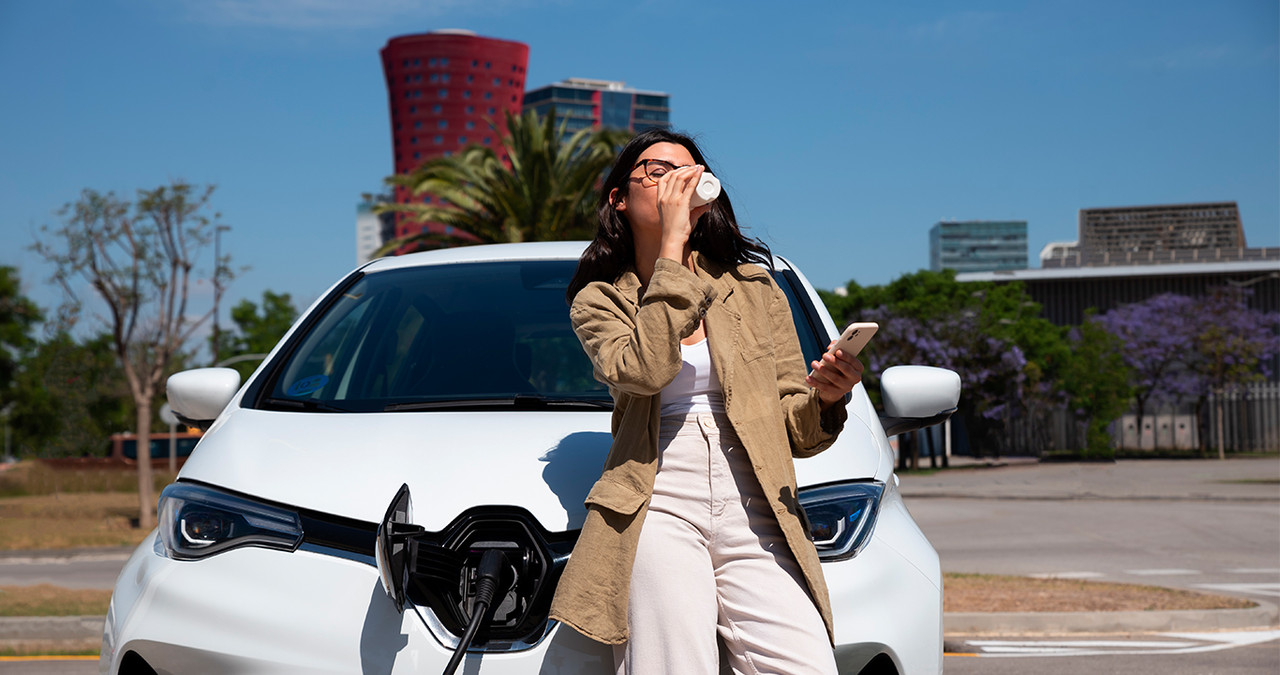Electric vehicles (EVs) are rapidly gaining popularity as a sustainable and eco-friendly transportation alternative. With growing concerns over climate change and the urgent need to reduce carbon emissions, EVs have emerged as a key solution to transforming the global automotive industry. Whether you’re considering making the switch or simply curious about this emerging trend, understanding the basics of EVs and the impact they have on sustainable driving can help you make informed decisions. In this article, we’ll break down what you need to know about electric vehicles and how they contribute to sustainable driving.
What Are Electric Vehicles (EVs)?
Electric vehicles are automobiles powered entirely or partially by electricity, rather than traditional internal combustion engines (ICE) that run on gasoline or diesel. EVs rely on electric motors that draw energy from rechargeable batteries, and they emit no tailpipe pollutants, making them significantly more environmentally friendly than conventional vehicles.
There are two main types of EVs:
- Battery Electric Vehicles (BEVs): These are entirely electric and rely solely on batteries for power. Examples include the Tesla Model 3, Nissan Leaf, and Chevrolet Bolt.
- Plug-in Hybrid Electric Vehicles (PHEVs): These combine an internal combustion engine with an electric motor and battery, allowing drivers to switch between electricity and fuel depending on the situation.
Benefits of Driving Electric
The move toward EVs offers several environmental, economic, and practical benefits:
1. Zero Emissions
One of the most significant advantages of EVs is that they produce zero tailpipe emissions. Unlike traditional vehicles, which release harmful pollutants such as carbon dioxide (CO2), nitrogen oxides (NOx), and particulate matter, electric cars generate no emissions while driving. This makes them a cleaner and more sustainable option, particularly in urban areas where air quality is a growing concern.
2. Reduced Dependence on Fossil Fuels
Electric vehicles rely on electricity, which can be generated from a variety of sources—many of which are renewable. As countries shift towards greener energy, such as wind, solar, and hydropower, EVs offer an opportunity to reduce reliance on fossil fuels, decreasing greenhouse gas emissions and promoting a cleaner energy future.
3. Lower Operating Costs
EVs typically have lower operating and maintenance costs compared to traditional vehicles. Since electric motors have fewer moving parts, they require less frequent maintenance, such as oil changes. Additionally, electricity is generally cheaper than gasoline, leading to lower fueling costs over time.
4. Energy Efficiency
Electric vehicles are more energy-efficient than internal combustion engine vehicles. They convert a higher percentage of the electrical energy from the battery to power the wheels, compared to gasoline engines. This means that driving an EV can be a more efficient and cost-effective option for long-term use.
Challenges and Considerations
While EVs come with numerous advantages, they also present some challenges that potential buyers need to consider:
1. Charging Infrastructure
One of the primary concerns for EV drivers is the availability of charging stations. Although charging networks are expanding rapidly, there can still be gaps, especially in rural areas. At-home charging solutions help mitigate this issue, but access to reliable public charging stations remains critical.
2. Battery Life and Range
EVs are becoming more efficient and capable of longer ranges, but battery technology is still evolving. Many modern EVs can travel 200 to 300 miles on a single charge, but drivers may need to plan routes and consider charging stops, particularly for longer trips. Advances in battery technology aim to extend ranges further over time.
3. Initial Purchase Price
While EVs have lower operating costs, the upfront purchase price of electric vehicles is typically higher than that of internal combustion engine vehicles. However, this cost is gradually decreasing as battery prices drop, and governments offer various incentives such as tax credits and rebates to make EVs more accessible.
4. Charging Times
Charging times can vary depending on the type of charger used. Standard home charging can take several hours to fully charge, while faster public chargers can provide quicker top-ups. Automakers are working on faster charging solutions to improve convenience.
The Future of Electric Mobility
As technology advances, the adoption of electric vehicles is expected to grow rapidly. Many automakers have pledged to phase out internal combustion engines and transition to electric models, with governments setting ambitious targets to reduce carbon emissions. Leading car manufacturers like Tesla, Ford, Volkswagen, and General Motors are investing heavily in EV development and production.
In addition, the rise of EVs is accompanied by innovations in connected and autonomous vehicle technologies. Smart EVs equipped with features like vehicle-to-everything (V2X) communication, real-time navigation, and automated driving are poised to redefine the future of transportation.
Conclusion
Electric vehicles represent the future of sustainable driving. By choosing an EV, you contribute to reducing emissions, supporting renewable energy, and driving towards a cleaner, greener world. Though EVs come with some considerations like charging infrastructure and battery range, the advancements in technology continue to address these challenges. As governments, automakers, and individuals embrace this transition, the shift towards electric mobility will not only transform the automotive industry but also help create a more sustainable and environmentally friendly transportation landscape.





